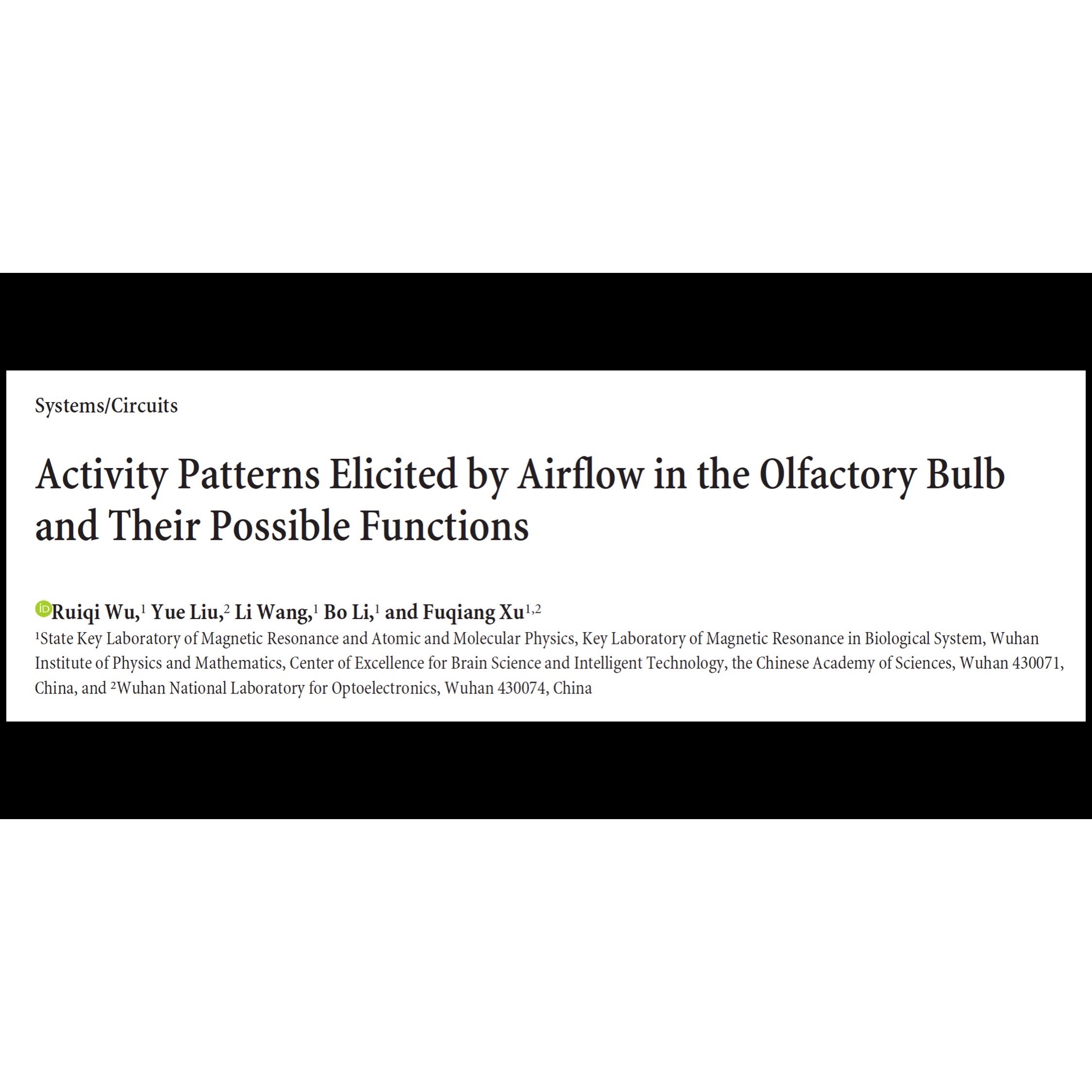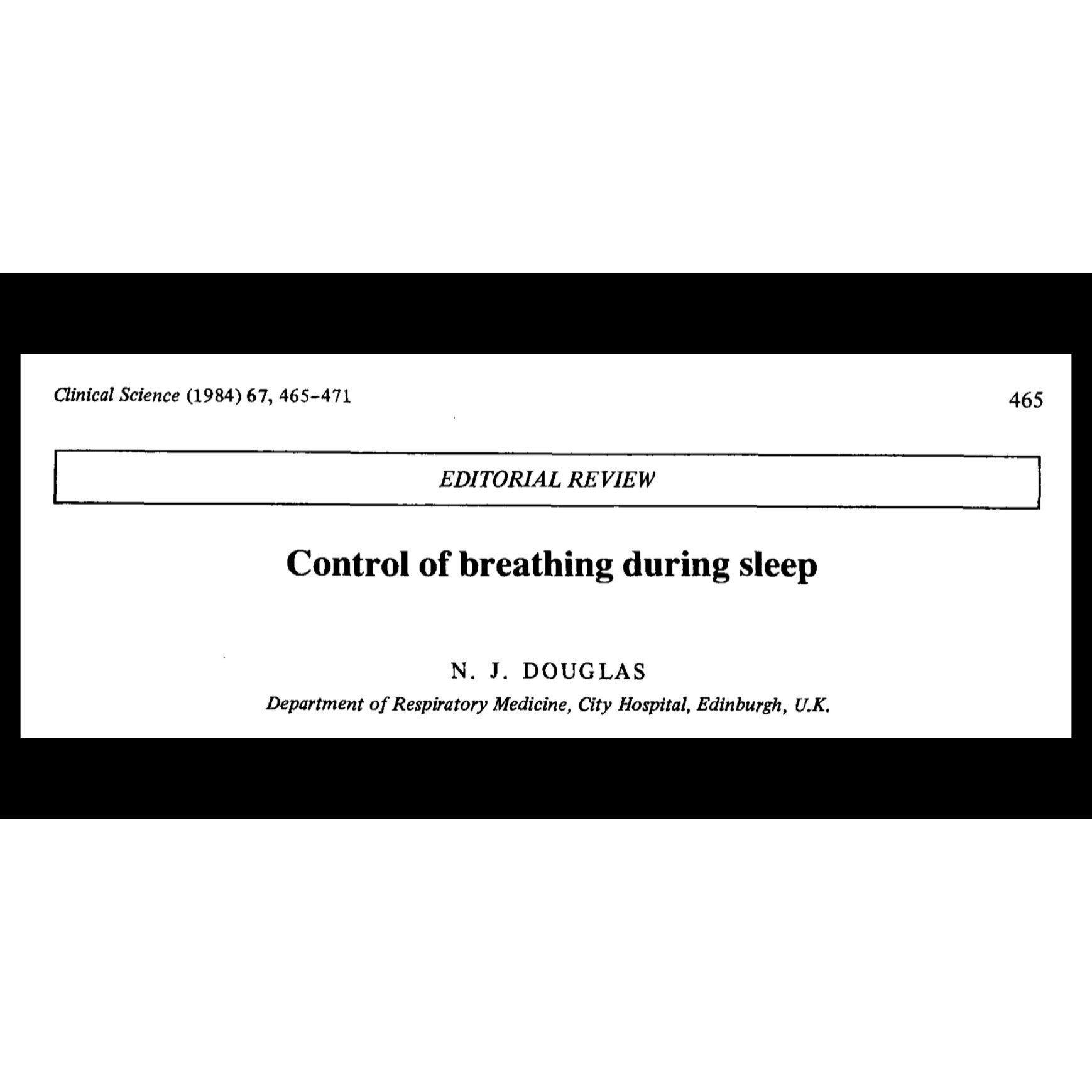Key Points
Inhaled nitric oxide (NO) increases circulating levels of SNO-Hb, a bioactive form of NO
Inhaled NO also increases circulating levels of nitrite, another NO metabolite
The lungs might act as a reservoir of SNO-Hb, releasing it into circulation as needed
The Breathing Diabetic Summary
Inhaled nitric oxide (NO) has many systemic impacts. An overview of these effects can be found here and here. However, it has remained unclear how inhaled NO exerts these effects. In general, inhaled NO is believed to react and become inactive after reaching the lungs. Thus, conventional thinking is that the systemic effects of NO are due to improved gas exchange in the lungs, which then has positive downstream impacts.
Interestingly, despite its widespread clinical use, there have been very few studies testing this hypothesis to truly discover how inhaled NO exerts its systemic effects. This paper sought to fill that gap.
To do this, they recruited 15 healthy volunteers. They had them inhale NO at concentrations of 40 ppm (the maximum produced in the paranasal sinuses is on the order of ~20 ppm, but typically much less). They inhaled the added NO for 15 minutes. Blood samples were collected before inhalation, at the end of the 15 minutes of inhalation, and then at 5, 15, and 30 minutes post-inhalation.
A Breakthrough in Cardio-Respiratory Physiology
The results were striking. They found that NO inhalation significantly increased circulating levels of SNO-Hb and nitrite. This is important because SNO-Hb plays a significant role in whole-body oxygenation. A 2015 PNAS study discovered that SNO-Hb “senses” areas of low oxygen, and then releases bioactive NO to increase blood flow and oxygenation. This discovery led to breathing be considered as a three-gas system involving oxygen, carbon dioxide, and NO. Thus, if inhaling NO increases SNO-Hb, it could be playing a critical role in whole-body oxygenation. This gets even more intriguing (see next two sections), but first, let’s cover their nitrite finding.
They also observed increases in circulating nitrite. This is important because, like SNO-Hb, nitrite can also release bioactive NO in regions of hypoxia. However, nitrite can do this independent of the hemoglobin, thus providing a “back-up mechanism” for increasing blood flow in regions of low oxygen.
The Lungs as a Reservoir of SNO-Hb
An interesting finding from this study was that nitrite levels were most significant at the 5-min post inhalation mark. In contrast, SNO-Hb continued rising throughout the 30 minutes. This led the authors to believe that the lungs might be acting as an SNO-Hb reservoir, releasing it "as needed."
Why These Findings Matter
When we breathe through our nose, we carry NO into the lungs (although not at concentrations as high as those studied here). Based on these findings, we can now be reasonably confident this NO enters the bloodstream and is carried as SNO-Hb and nitrite. Thus, breathing through your nose might not just improve gas exchange in the lungs. It might also help make sure oxygen gets delivered where it is needed most throughout the body.
Additionally, their finding that SNO-Hb levels continued increasing after NO inhalation is intriguing. It might support the idea that nose breathing provides a baseline level of NO that keeps SNO-Hb in its normal range. Then, when excess NO is inhaled, the body stores that "just in case." This is speculative, but interesting to contemplate.
Finally, this is one study, and it’s relatively new. We’ll need more to confirm/deny that NO inhalation consistently increases SNO-Hb and nitrite across different populations. In the meantime, let’s keep breathing through our noses. It may just be the key to whole-body oxygenation.
Abstract
Rationale: Inhaled nitric oxide (NO) exerts a variety of effects through metabolites and these play an important role in regulation of hemodynamics in the body. A detailed investigation into the generation of these metabolites has been overlooked.
Objectives: We investigated the kinetics of nitrite and S-nitrosothiol-hemoglobin (SNO-Hb) in plasma derived from inhaled NO subjects and how this modifies the cutaneous microvascular response.
Findings: We enrolled 15 healthy volunteers. Plasma nitrite levels at baseline and during NO inhalation (15 minutes at 40 ppm) were 102 (86-118) and 114 (87-129) nM, respectively. The nitrite peak occurred at 5 minutes of discontinuing NO (131 (104-170) nM). Plasma nitrate levels were not significantly different during the study. SNO-Hb molar ratio levels at baseline and during NO inhalation were 4.7E-3 (2.5E-3-5.8E-3) and 7.8E-3 (4.1E-3-13.0E-3), respectively. Levels of SNO-Hb continued to climb up to the last study time point (30 min: 10.6E-3 (5.3E-3-15.5E-3)). The response to acetylcholine iontophoresis both before and during NO inhalation was inversely associated with the SNO-Hb level (r: -0.57, p = 0.03, and r: -0.54, p = 0.04, respectively).
Conclusions: Both nitrite and SNO-Hb increase during NO inhalation. Nitrite increases first, followed by a more sustained increase in Hb-SNO. Nitrite and Hb-SNO could be a mobile reservoir of NO with potential implications on the systemic microvasculature.
Journal Reference:
Tonelli AR, Aulak KS, Ahmed MK, Hausladen A, Abuhalimeh B, Casa CJ, Rogers SC, Timm D, Doctor A, Gaston B, Dweik RA. A pilot study on the kinetics of metabolites and microvascular cutaneous effects of nitric oxide inhalation in healthy volunteers. PLoS One. 2019 Aug 30;14(8):e0221777. doi: 10.1371/journal.pone.0221777. PMID: 31469867; PMCID: PMC6716644.












